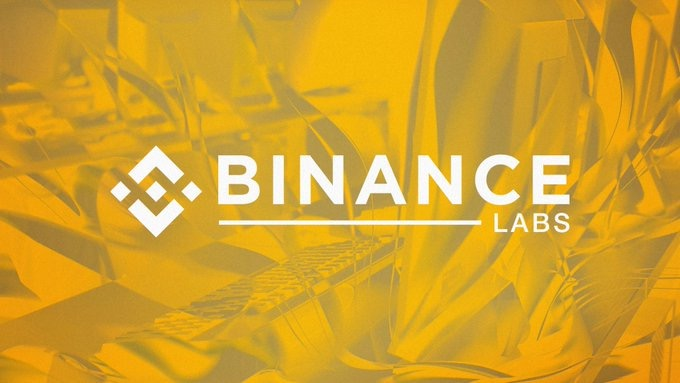
币安撤回阿布扎比牌照申
Bitcoin Halving 2024 – Everything You Need to Know
Disclosure: Crypto is a high-risk asset class. This article is provided for informational purposes and does not constitute investment advice. By using this website, you agree to our terms and conditions. We may utilise affiliate links within our content, and receive commission.The 2024 Bitcoin Halving event has been in the cryptocurrency conversation for a while, and has long been earmarked as the event that could help to end the “Crypto Winter” and start the next bull run. But, for many, the Bitcoin Halving 2024 is still a phrase shrouded in mystery.
In this post, we explain what a Bitcoin Halving is and look back at previous Bitcoin halving events to help us understand what might happen after the Bitcoin Halving in 2024.
Key Points
During a Bitcoin halving event, the rewards miners receive for mining Bitcoin blocks are cut in half. Halvings are an integral part of Bitcoin’s economic structure and reduce the rate at which new Bitcoins are created. Bitcoin Halvings take place every 4 years, and the last Halving will take place in 2140. At which time, the block reward will be just 0.00000001 BTC (it is currently 6.25 BTC). The last Bitcoin Halving happened in May 2020, reducing Bitcoin rewards from 12.5 BTC to 6.25 BTC. Historically, Bitcoin Halving events have been followed by bull market markets and new ATHs. Due to multiple external factors, the Bitcoin Halving in 2024 is going to be different from all the previous halving events.What is a Bitcoin Halving?
A Bitcoin Halving is when the reward received by miners for creating a block on the Bitcoin blockchain is cut in half. These are pre-planned events that are coded into the Bitcoin protocol. To properly dive into the mechanism of the Halving event, we first need to know how the Bitcoin blockchain operates.
How Bitcoin Works
The protocol that governs the Bitcoin blockchain was outlined in the Bitcoin whitepaper, released in 2008. It is a decentralized network where cryptography (hence the term cryptocurrency) is used to confirm and verify transactions, and consensus on what has occurred on the network is achieved through a proof-of-work consensus algorithm.
In the Bitcoin protocol, a copy of all past transactions, called the ledger, is kept and verified by each node in the system. New transactions are added to the ledger in increments, called blocks. When a new block is added to the blockchain, all the nodes read it and verify the transactions. Blocks are created, also called mined, by miners. This process happens roughly every 10 minutes.
The Process of Mining
A network like Bitcoin cannot be built on trust alone— the whole goal of Bitcoin is to do away with the trusted middleman. It is for this reason that we have miners and the proof-of-work algorithm.
In a proof-of-work algorithm, miners must expend energy to solve a difficult mathematic computation to “discover” a Bitcoin block. The first one to find the answer to the mathematical computation—which is a hash of a number (called a nonce) that is included in each block—adds the block to the chain, locking the block in the process and collecting the reward for doing so.
The transactions in this block are verified by the nodes and other miners of the network—this is the decentralized part, because everyone else checks to make sure the miner is honest and not including any invalid transactions in their block.
As more miners join the network, it gets harder to mine Bitcoin, meaning that more energy needs to be expended to find the answer and create a block. If miners leave the network, it becomes easier to mine Bitcoin. This expenditure of energy is what helps to keep miners honest, and keeps anyone from spamming the network with incorrect blocks and transactions.
Note that the process is called mining as it is said to be akin to how an exceptional amount of work needs to be put in to mine precious metals from the earth. Except Bitcoin miners use electrical energy to extract Bitcoins.
Why Halve the Bitcoin Block Reward?
Bitcoin was designed to be a peer-to-peer digital cash, meaning that it is aiming to be used like we do any currency today.
Bitcoins vs Satoshis
Even though 1 Bitcoin is currently worth tens of thousands of dollars, it actually has 8 decimal places, meaning you can buy as little as 0.00000001 of a Bitcoin. This 0.00000001 of a Bitcoin is 1 Satoshi.
For 1 satoshi to be worth 1 dollar, 1 Bitcoin would have to reach a value of $100m. There are some people who say we should actually be calculating things in satoshis, so, instead of saying, “I bought 0.01 BTC,” we should instead be saying “I bought 1 million satoshis.”
The currencies we use today are issued by a central bank. They are also typically inflationary, meaning that the bank issues more currency, which, in turn, devalues the value of the pieces of currency already out there, meaning that prices rise.
免责声明:数字资产交易涉及重大风险,本资料不应作为投资决策依据,亦不应被解释为从事投资交易的建议。请确保充分了解所涉及的风险并谨慎投资。OKEx学院仅提供信息参考,不构成任何投资建议,用户一切投资行为与本站无关。

和全球数字资产投资者交流讨论
扫码加入OKEx社群
industry-frontier